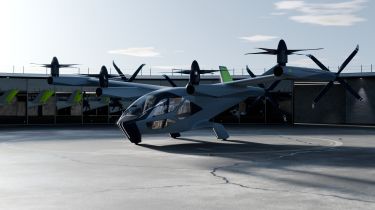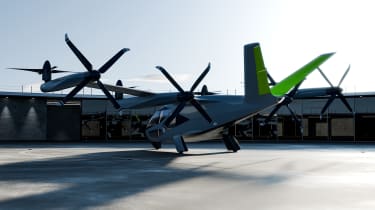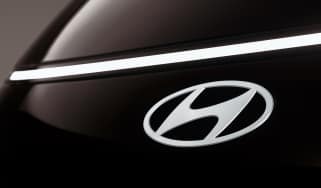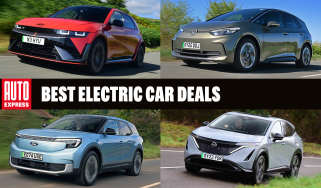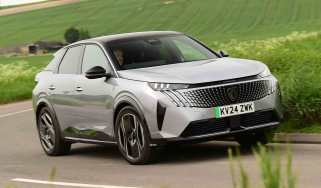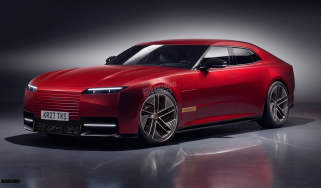Part helicopter, part plane, all electric: Hyundai’s Supernal S-A2 is as quiet as a dishwasher and ready to fly
Korean maker is expanding its mobility portfolio with new eVTOL personal transport
Not satisfied with having some of the best electric cars on sale and pressing on with hydrogen technology, Hyundai has expanded its portfolio further with the launch of the Supernal S-A2, a compact aircraft that's part plane, part helicopter.
Supernal is the name of the Hyundai division that's creating the S-A2, and the Consumer Electronics Show (CES) was the location for its unveiling. This isn't the first aircraft concept from Hyundai, the S-A1 came before it, but it's one that's closer to production reality than ever before. Supernal has currently set a deadline of 2028 for the S-A2 to enter production.
The machine features a high wing equipped with eight rotors in two lines of four. These tilt to provide vertical or forward thrust, similar in concept to the V-22 Osprey military aircraft. On the S-A2, the front rotors tilt upwards, while the rears point down for vertical take-off. Each pair of rotors on either side of the fuselage are counter-rotating for stability.
Power comes from a battery and electric motors, although no specs have been confirmed for the system. What Supernal has confirmed is that the S-A2 can cruise at 120mph at 1,500 feet, while a range of 25-40 miles will be the initial target. In addition, Supernal claims that the S-A2 will be as quiet as a dishwasher during operation, with sound levels of 65 decibels at take-off, and a 45dB rating in horizontal flight.
The fuselage has a large glass area, which chief designer Luc Donckerwolke says is inspired by the eyes of a bee, while at the rear is a V-shaped tail inspired by Supernal's corporate logo. Speaking at the reveal, Donckerwolke said that his past vehicle designs had been inspired in part by aircraft engineering, so creating the S-A2 sees his design career come full circle.
The cabin has room for four, with the space clearly defined with different designs for the cockpit up front and passenger area behind. The seats feature energy-absorbing materials that are designed to make landings as comfortable as possible.
Safety is a key part of the S-A2's engineering, and Supernal will conduct extensive testing to meet global commercial aviation standards and flight regulations before it's finally made available to buy in 2028. While the S-A1 revealed in 2020 included mention of autonomous flight, no such mention was made this time around, hinting that Hyundai and Supernal want to get the S-A2 ready for conventional flight before letting the electronics handle everything.
Will flying cars ever take off? Find out here...
Find a car with the experts

